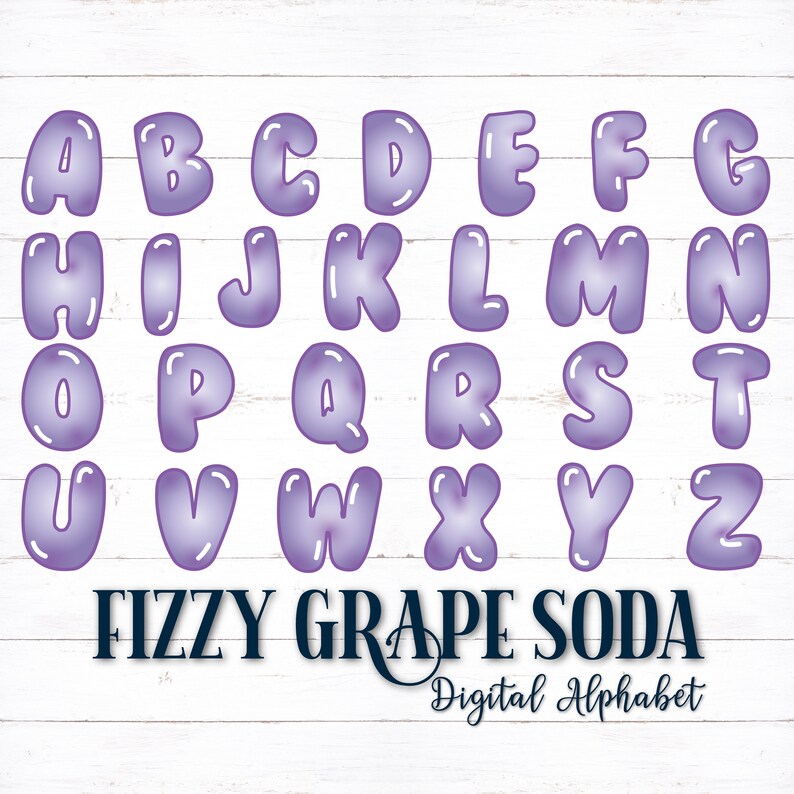

The model also was used to simulate other geometries from literature.Ĭomputational Fluid Dynamics (CFD) modelling of a 1.3 m³ flotation cell fitted with a Wemco 56 mechanism has been performed, backed up by experimental measurements. The model with modified inlet boundary conditions was able to predict higher bubble number density as expected in the churn-turbulent flow regime and the predicted gas-holdup and axial liquid velocity agree with the experimental data. In the churn-turbulent regime, the model with the higher number of bubble phases was found to give better results. In the homogeneous flow regime, the homogeneous discrete population balance model was found to be sufficient.

Different interfacial force models were also tested. A comparison was made with experimental results from the literature to evaluate the suitability of the proposed numerical model. Furthermore, a modified air inlet boundary condition was proposed based on commonly observed dual-bubble size distributions in the churn-turbulent regime. In this work, the Eulerian-Eulerian (E-E) Computational Fluid Dynamics (CFD) model using the discrete bubble population balance model (PBM) with 1, 2 and 3 bubble phases was used to simulate the gas-liquid two-phase flows in different flow regimes in bubble columns.

Gas-liquid two-phase flows are used in industrial systems over a range of flow regimes that have different bubble size distributions. Weaknesses in this approach can be attributed to the characterization of bubble coalescence and bubble fragmentation, which must be further investigated. Particularly the separation phenomenon of small and large bubbles, which was proven to be a key phenomenon for the establishment of the corresponding flow regime, is well described. The inhomogeneous MUSIG model approach was shown to be able to describe bubbly flows with higher gas content. The paper describes the main concepts of the CFD model approach and presents model validation and application cases.

Furthermore in order to check the model framework for a more complex flow situation, further experiments on the flow field around a half moon shaped asymmetric obstacle were performed and the flow conditions were simulated by applying the inhomogeneous MUSIG model in direct comparison. Numerous tests investigating air-water flow and steam-water flow at saturation conditions in vertical pipes having a length up to 8 m and a diameter up to 200 mm were performed and used for model validation. The wire-mesh technology measuring local gas volume fractions, bubble size distributions and velocities of gas and liquid phases was applied. The derived model has been validated against experimental data from the TOPFLOW test facility at the Forschungszentrum Dresden-Rossendorf (FZD). Particularly the lift force has been proven to play an important role for establishing a certain bubble size distribution dependent flow regime. By simulating a polydispersed gas-liquid two-phase flow, the mass exchanged between bubble size classes by bubble coalescence and bubble fragmentation as well as the momentum exchange due to bubble size dependent bubble forces have to be considered. A generalized inhomogeneous Multiple Size Group (MUSIG) Model based on the Eulerian modeling framework was developed in close cooperation of ANSYS-CFX and Forschungszentrum Dresden-Rossendorf and implemented into CFX-10.


 0 kommentar(er)
0 kommentar(er)
